
 |
|
 |

| Sound is produced when a substance vibrates, and is spread through air or water. We hear sounds when vibrations in the air cause our eardrums to vibrate. The human ear can hear sounds at approximately 20 to 20,000 vibrations per second. The number of vibrations per second is called the frequency, and is expressed in units called Hertz (Hz). |
| How is sound produced? Let's look at what happens when you play a guitar. |
| Sound intensity | Sound pitch | 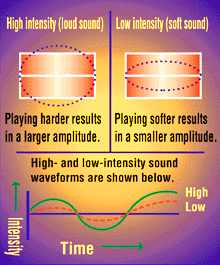 |
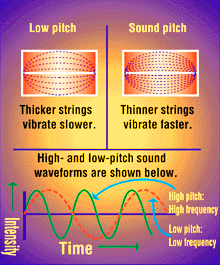 |
| How is sound carried? Watch how the sound of a drum is transmitted. |
 |
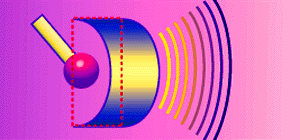 |
| The head of the drum moves forward and the air in the vicinity of the head is compressed, resulting in denser air. |
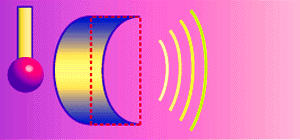 |
| The head of the drum is pushed backward and the air in the vicinity of the head is made thin, resulting in reduced density of the air. |
|
|
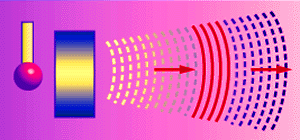 |
| In similar fashion, the air in the vicinity of the head of the drum pushes or pulls the immediate neighboring air. This phenomena is propagated in succession, with the alternating density of the air in every direction. |
|
| |
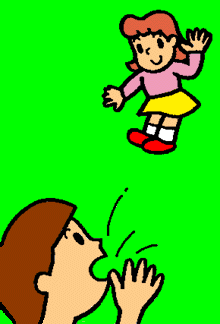 |  |
| Sound travels in a gas such as air. | Sound travels in a solid such as a string. |
 |
| Sound travels in a liquid such as water. |
| Sound is carried through substances like air, objects such as string, and liquids like water. In a vacuum there is no substance to carry sound, and therefore it cannot be transmitted. |
| Speed of Sound (per second) |
| Air | Approx. 340 meters (*note) |
| Water | Approx. 1,400 meters |
| Iron | Approx. 6,000 meters |
| *note: at 15[deg]C |


|
Return to the Gakushukan Home Page | ||

|
Back | Forward |

|